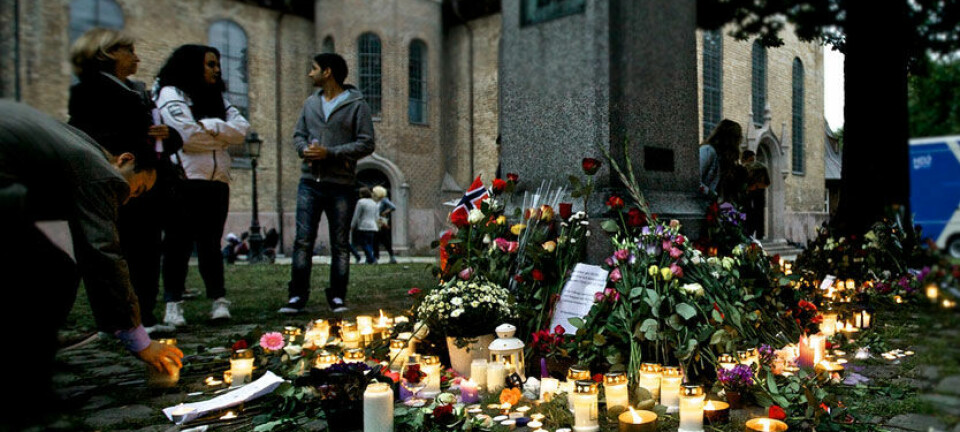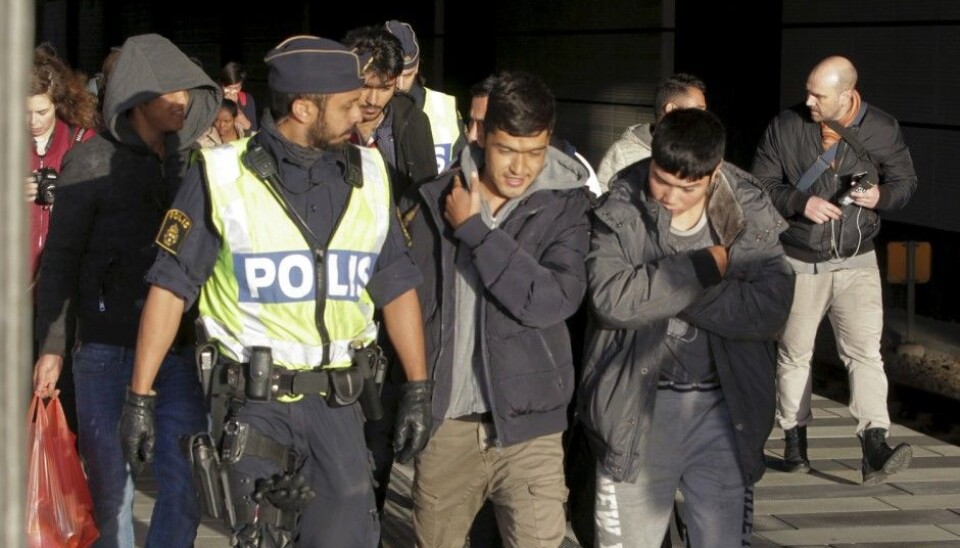
Turning immigrants into good Scandinavians
Norway, Sweden and Denmark have completely different policies towards refugees and immigrants. These differing approaches raise the question of whether citizenship should be a right or a reward in the Nordic welfare states.
The outside world may view Norway, Sweden and Denmark as a single Nordic entity, with a cradle-to-grave social welfare system based on a living wage, but from an immigrant’s viewpoint, the three countries couldn’t be more different in terms of access to citizenship and the rights this entails.
Denmark has become increasingly strict with its immigration policies over the years, while Sweden has become more lenient. Norway is somewhere in the middle.
Per Mouritsen, a professor of Political Science at the University of Aarhus in Denmark, takes up some of these issues in his new book “En plads i verden – Det moderne medborgerskabet” (A place in the world—modern citizenship).
Mouritsen says the dilemma facing the Nordic countries begins with the question of how today’s Scandinavians should see themselves.
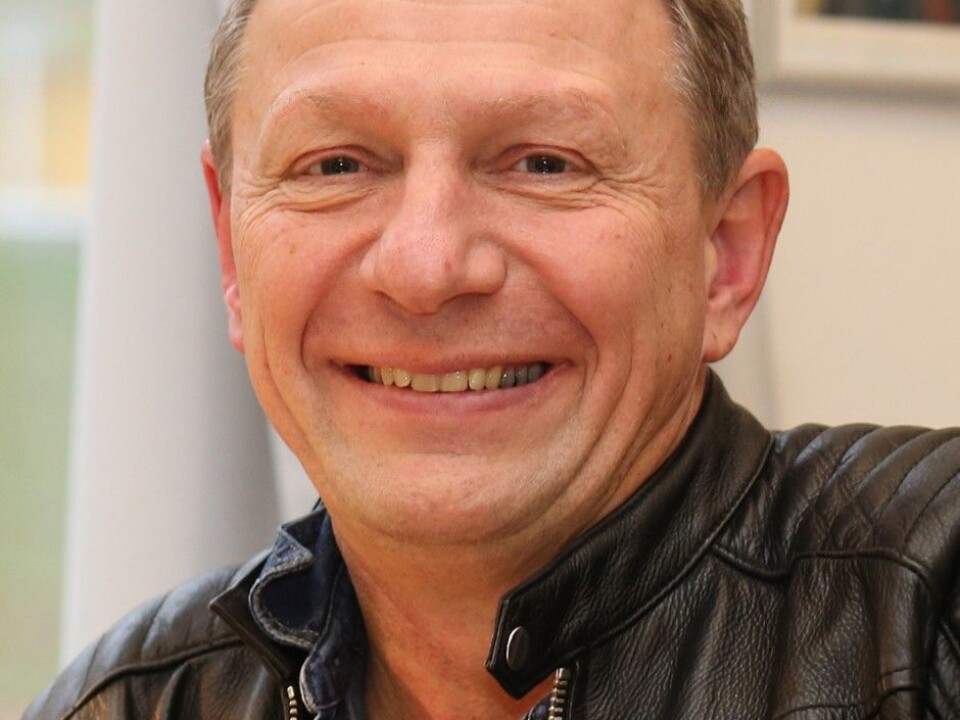
For example, should today’s Scandinavians primarily think of themselves as members of a Nordic society that needs to be protected from outsiders? Or should citizens of these countries adopt a more liberal attitude and think of themselves as citizens of the world, and newcomers as individuals with the same rights to benefits—also Scandinavian benefits—as themselves?
The social welfare contract
Part of what makes the Scandinavian social welfare system work is the idea that everyone has to contribute, through work and taxes, to make it function.
The Nordic countries’ substantial and expensive public sector rests on the assumption that its citizens will provide a large and educated workforce with a great willingness to work, Mouritsen says. The Nordic welfare state must therefore have skilled employees, in the same way that a business needs a good workforce to survive, he says.
“The problem we now face is not that it is expensive to hand out citizenship to more immigrants. Welfare states like ours are more economically sustainable than their reputation, even those without an oil fund,” Mouritsen says. “The problem facing our welfare systems may be that we may be welcoming many new citizens who do not believe in a welfare state.”
Willingness to share may disappear
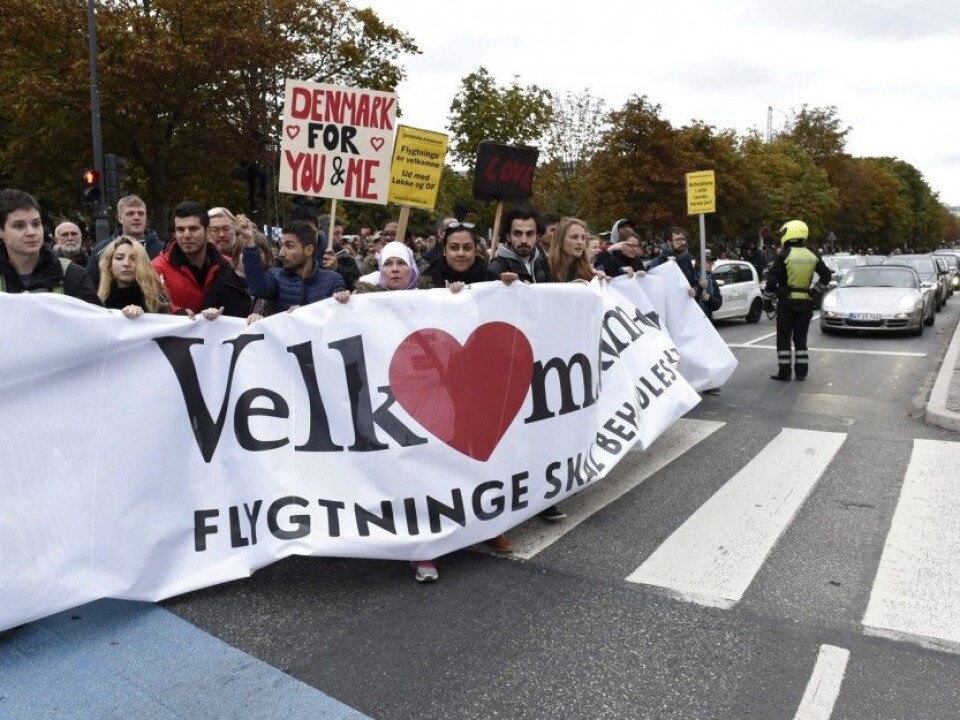
The Nordic welfare states are characterized by the fact that all residents all have a right to universal benefits—sickness benefits, disability benefits and retirement pensions. This stands in stark contrast to other Western countries, and not least the world outside the West, where these benefits are either linked to a job you hold or may not exist at all.
The willingness to redistribute wealth through the welfare state may disappear, however, if enough of today’s citizens believe that a large percentage of new citizens are not contributing, Mouritsen says, citing surveys that confirm just that.
“A fairly large percentage of today’s citizens are only willing to show support for the system if they know that others are also contributing,” he said.
“It is also possible that the middle class will no longer want to be involved in supporting those who are less well off, if this underclass grows larger and poorer than it is today,” he said. “If members of the middle class don’t feel as if they are getting that much out of the welfare state, people will become less willing to pay taxes.”
Citizenship a reward
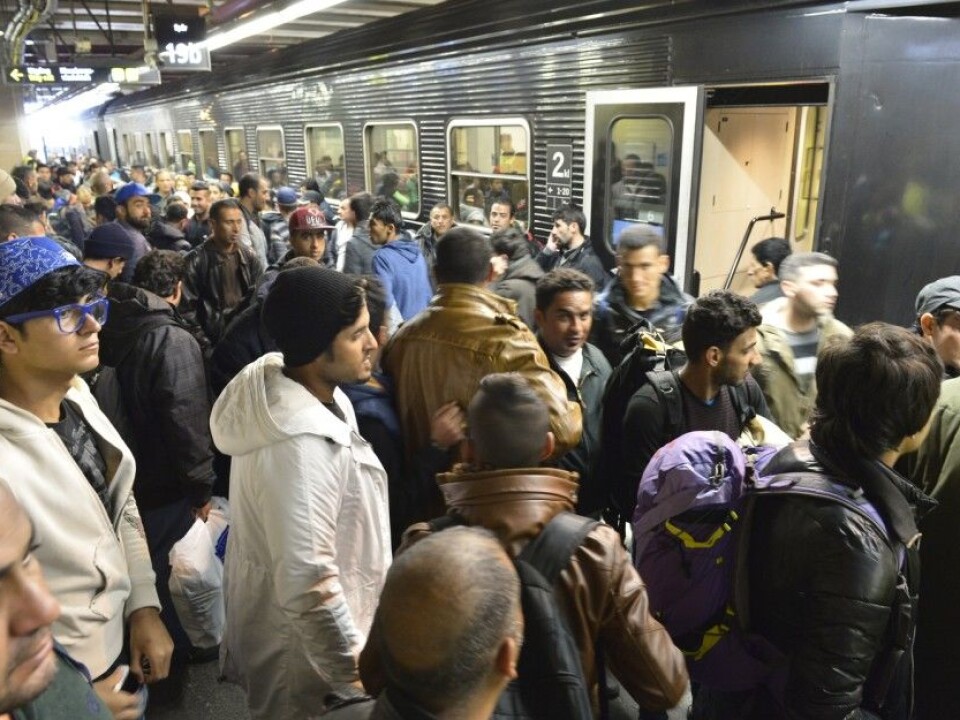
Danish governments have made it increasingly difficult in recent years to obtain Danish citizenship. To go from being Danish immigrant to become a Danish citizen now takes an average of nine years, while in Sweden it takes five years, and seven years in Norway.
“In countries like Sweden, the UK and probably Norway, the expectation is that that new citizens will be well integrated after a time. In Denmark, in contrast, citizenship is a reward you get when you have proved that you are fully integrated into the country,” he said.
This is not nationalism, he says, but more about everything contained in the old Danish term fædrelandskjærlighet, which translates as “love of the fatherland”. In this context, he says, it represents love for a community that ensures one’s own right to welfare and freedom.
“Many Danes think that immigrants should absorb most traditional Danish values if they are to be allowed to become Danish citizens,” says Mouritsen. “They don’t necessarily need to be Christians, but they should share what the Danes call a Christian culture.”
In short, “you must prove that you are a Class A citizen before you get a Danish passport,” he said.
The country’s current requirements make it likely that some immigrants to Denmark will never become citizens, which risks alienating them from Danish society, he said.
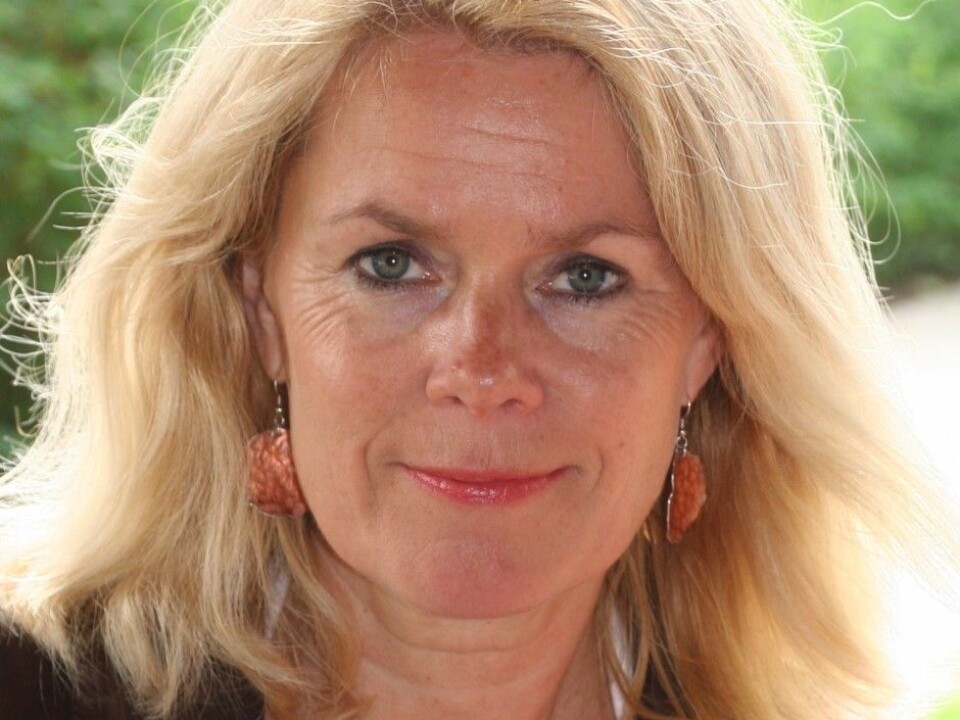
“We risk turning some of these immigrants into something that we all fear, especially when we talk about young men of Middle Eastern origins,” he said.
Elephant in the room
Professor Grete Brochmann, a professor in the Department of Sociology and Human Geography at the University of Oslo, has taken a hard look at how Norway in particular is handling the waves of immigrants headed to its shores.
She says that Norway has created 23 action plans and implemented 672 public measures to help integrate new immigrants, but conflicts and problems remain.
One important issue Norway faces is finding a way to help new citizens integrate without being too paternalistic or authoritarian.
“What is the balance between pushing people to do things versus getting them to decide on their own to do what is expected of people in the labour-loving Nordic countries? How far is it right for us to go in shaping the lives of others?” she asks.
“The elephant in the room is whether we have the capacity to welcome many new citizens. We can discuss a lot of different things, but ultimately it's about how many people with low education and other worldviews our small Nordic countries have the ability to accept,” she said. “If we don’t have this discussion, we run the risk of getting the kind of political reactions that few of us want.”
-------------------------------------
Read the Norwegian version of this article at forskning.no




